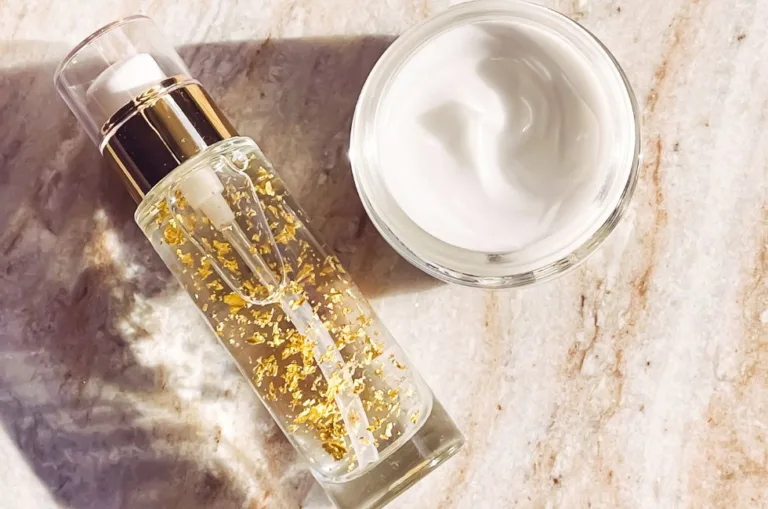Have you ever considered how vital your vision is to your daily life? From the moment you wake up to when you close your eyes at night, your eyes are your window to the world. But as we age, our eyes, like the rest of our body, go through changes. Some of these changes are subtle, while others can significantly impact our quality of life. It’s essential to understand that while aging is inevitable, vision impairment is not. There are steps you can take to protect your eyes and maintain good vision throughout your life.
Understanding Age-Related Eye Changes

As you gracefully navigate through different stages of life, your eyes also experience their own aging process. This journey, although natural, can bring about changes that affect your vision. Being aware of these changes is the first step in maintaining healthy eyes.
Common Age-Related Eye Conditions
- Presbyopia: This condition usually begins in your early to mid-40s. You may start noticing that reading fine print becomes more challenging. Presbyopia occurs as the lens in your eye becomes less flexible, making it harder to focus on close objects.
- Cataracts: Often developing slowly, cataracts cloud the eye’s lens, leading to a decrease in vision. While they are more common in older adults, factors like UV exposure and diabetes can accelerate their development.
- Age-Related Macular Degeneration (AMD): This condition affects the macula, the part of your retina responsible for central vision. AMD can lead to a loss of central vision, crucial for activities like reading and recognizing faces.
How Aging Affects Our Eyes and Vision
- The proteins in your eye lens can clump together, causing cloudiness (cataracts).
- The retina’s light-sensitive cells may deteriorate over time, especially in the macula, affecting your sharp, central vision.
- Your eyes might produce fewer tears, leading to dry eyes and discomfort.
- The pressure within your eyes can increase, risking conditions like glaucoma.
Nutritional Building Blocks for Eye Health

Nourishing your body with the right nutrients is key to supporting eye health, especially as you age. Here’s a breakdown of the essential nutrients that play a vital role in maintaining healthy vision:
Vitamins A, C, and E: These antioxidants protect your eyes against damaging free radicals. Vitamin A is crucial for night vision, while vitamins C and E can help prevent age-related eye damage.
Sources: Incorporate carrots, sweet potatoes (rich in beta-carotene, a type of Vitamin A), citrus fruits, strawberries (for Vitamin C), almonds, and sunflower seeds (for Vitamin E) into your diet.
Zinc: This mineral plays a vital role in bringing Vitamin A from the liver to the retina, producing melanin, a protective pigment in the eyes.
Sources: You can find zinc in oysters, lean meats, pumpkin seeds, and chickpeas.
Lutein and Zeaxanthin: These are carotenoids found in the eyes. They are thought to protect eye tissues from sunlight damage and reduce the risk of macular degeneration and cataracts.
Sources: Leafy greens like spinach, kale, and other vegetables like corn and eggs are excellent sources.
Omega-3 Fatty Acids: These are essential for cell health in the retina and may help prevent AMD.
Sources: Flaxseeds, walnuts, and fatty fish like salmon and mackerel are rich in omega-3s.
Lifestyle Modifications for Better Eye Health

Adopting a few simple lifestyle habits can significantly contribute to the longevity and health of your eyes. Here’s how you can incorporate these practices into your daily life:
Stay Hydrated and Get Adequate Sleep
- Hydration: Keeping your body well-hydrated helps maintain a healthy balance of fluid in the eyes, preventing dryness and irritation.
- Sleep: Quality sleep is essential for good eye health. It helps to rejuvenate the eyes, reducing the risk of eyestrain and vision problems.
Regular Eye Exams
- Importance: Regular check-ups with an eye care professional can catch age-related changes early on, making them easier to manage.
- Frequency: Even if you don’t have any vision problems, it’s recommended to have an eye exam every one to two years, especially after the age of 40.
Reducing Eye Strain
- Screen Time: In our digital age, it’s crucial to take breaks from screens to prevent digital eye strain. Follow the 20-20-20 rule: every 20 minutes, look at something 20 feet away for at least 20 seconds.
- Lighting: Ensure your reading and work environments are well-lit to reduce strain on your eyes.
Protecting Your Eyes from the Environment

The environment around us can have a significant impact on our eye health. Here are some effective ways to shield your eyes from environmental hazards:
Sun Protection
- UV Rays: Prolonged exposure to the sun’s ultraviolet (UV) rays can increase the risk of cataracts and macular degeneration.
- Sunglasses: Choose sunglasses that block 99% to 100% of both UVA and UVB rays. Wraparound styles offer the best protection by blocking UV rays from the side.
Understanding Blue Light
- Sources: Blue light, mostly emitted from screens like computers, smartphones, and TVs, can contribute to eye strain and discomfort.
- Mitigation: While the long-term effects of blue light on eye health are still being studied, it’s wise to use blue light filters on your devices and practice good screen hygiene to minimize exposure.
Dealing with Dry Air
- Indoor Air: Heating and air conditioning systems can dry out the air, leading to dry eyes.
- Humidifiers: Using a humidifier in your home or office can help maintain moisture in the air, providing relief for dry eyes.
Eye Exercises and Relaxation Techniques

Incorporating eye exercises and relaxation techniques into your routine can help alleviate eye strain and improve overall eye health. Here are some simple yet effective methods:
Eye Exercises
- Focus Change: This exercise helps improve focus flexibility. Hold your finger a few inches away from your eye. Focus on it, and then slowly move your finger away, keeping your focus. Then focus on something in the distance. Repeat several times.
- Palming: To relax your eyes, rub your hands together to generate warmth, and then gently place them over your closed eyes without pressing. The warmth and darkness can help soothe and relax tired eyes.
Blinking Exercises
- Frequent Blinking: When working on screens, make a conscious effort to blink more often. Blinking helps to moisten the eyes, reducing dryness and irritation.
Eye Yoga
- Eye Rolling: Roll your eyes in a circular motion clockwise and then counterclockwise. Repeat a few times. This can help ease tension in the eye muscles.
20-20-20 Rule
- As mentioned earlier, every 20 minutes, take a 20-second break to look at something 20 feet away. This practice helps reduce the strain of prolonged screen use.
Frequently Asked Questions (FAQs)
It’s recommended to have a comprehensive eye exam every one to two years after the age of 40. If you have a history of eye problems or risk factors for eye diseases, your eye doctor may suggest more frequent exams.
Yes, a diet rich in vitamins A, C, E, zinc, lutein, zeaxanthin, and omega-3 fatty acids can play a significant role in maintaining good eye health and potentially slowing down the progression of age-related eye conditions.
Yes, pay attention to symptoms like persistent eye redness, eye pain, visual disturbances like floaters or flashes of light, changes in vision, or increased sensitivity to light. These can be signs of potential eye health issues and should prompt a visit to an eye care professional.
It’s never too late to take steps towards better eye health. While some vision changes are irreversible, many eye conditions can be managed effectively with the right care, lifestyle adjustments, and, in some cases, medical treatment.




